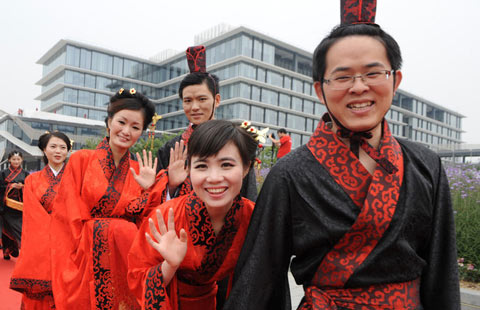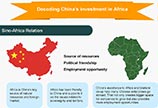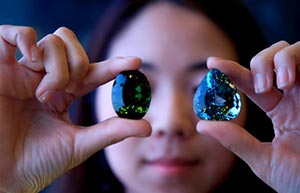Inventor looks to generate waves of interest
By Sun Li and Hu Meidong (China Daily) Updated: 2014-05-12 07:36
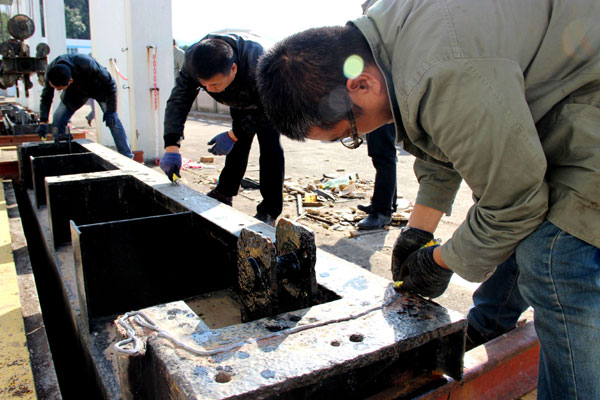 |
|
Members of staff check a generator at Jiangxia wave-power generation station in Wenling, Zhejiang province. The station is the first of its kind in China, and is involved in various forms of clean energy, including wave, solar, and wind power.JIN YUNGUO/CHINA DAILY |
After a few months, he closed his business and sold his house in Xiamen to concentrate on his wave-power project. He hired three technicians to conduct research and development, and the team group took care of almost all aspects of the business, including design, the purchase of equipment, installation and design adjustment.
The use of a relatively small team meant Wu could personally oversee each member's contribution to the project. "If I'd asked a larger number of people to do the job and they'd misunderstood my orders or failed to complete the task, I would have had to revise it, which would have been a huge waste of time and money," Wu said.
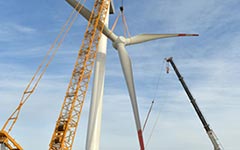 |
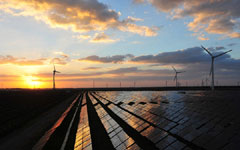 |
In 2008, he wrote a letter to Huang Xiaojing, the then-governor of Fujian province, explaining the significance of his project and providing detailed plans.
The letter did the trick. The Fujian Provincial Development and Reform Commission awarded Wu a grant of 150,000 yuan, and the Xiamen city authorities provided 300,000 yuan a year later.
As news of the project spread, Su Fulun, a venture capitalist impressed by Wu's efforts, invested 10 million yuan to help Wu establish Zhong Hui Ming in 2011. Su remains the owner, while Wu oversees all the company's activities.
After hundreds of experiments, Wu eventually began building a definitive model of his machine in January 2013. It was finally erected at Yefengzhai beach in December last year so tests could be conducted.
When the generator finally becomes operational on the ocean surface, the center of focus will be the output data, which will allow Wu and his team to calculate the cost of each kilowatt-hour of electricity, Wu said.
"If the cost is higher than 1 yuan, the experiment will almost certainly have been a failure. However, if it's lower than 0.3 yuan, the company will be able to start producing the generator commercially."
Wu said that if things go well, he expects to promote the product in European countries.
- Anchor raised on new leg of long voyage
- China establishes new financial think tank
- Bank of China expansion backed by Hungarian PM
- China eyes new tool to liberalize interest rate
- China's bank card consumer confidence picks up
- Money will talk, sooner than later
- China's housing sector to enter 'autumn season': expert
- More lock-up Chinese shares eligible for trade
